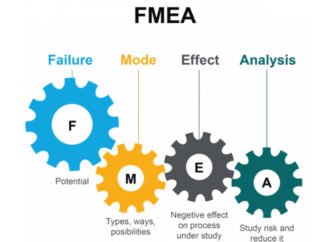Lean Quote: Closing the Knowing–Doing Gap
- Lean Quote
- October 17, 2025

A selection of highlighted blog posts from Lean bloggers from the month of February 2022. You can also view the previous monthly Lean Roundups here. When You’re Convinced You’re Right, You’ve Lost Your Ability to Learn – Pascal Dennis says we need to cultivate debate, dissent, and a healthy skepticism but first we have to
READ MORE
On Fridays I will post a Lean related Quote. Throughout our lifetimes many people touch our lives and leave us with words of wisdom. These can both be a source of new learning and also a point to pause and reflect upon lessons we have learned. Within Lean active learning is an important aspect on
READ MORE
I learned from my time at Wiremold, originating from Art Byrne, the fundamentals of trystorming. This method consists of, “Rapid cycles of real-time experimentation, used to test and adjust improvement ideas before establishing standard work or implementing processes broadly.” In plain language this means – try it out! Try Storming incorporates physical actions that can
READ MORE
The very first Commander in Chief of the United States of America set the standard for leadership in the new country not only for his tactical prowess but especially for his character and trustworthiness. George Washington’s administrative and organizational skills in conjunction with his merit, passion for country before himself, and the mutual trust he
READ MORE
On Fridays I will post a Lean related Quote. Throughout our lifetimes many people touch our lives and leave us with words of wisdom. These can both be a source of new learning and also a point to pause and reflect upon lessons we have learned. Within Lean active learning is an important aspect on
READ MORE
Failure modes and effects analysis (FMEA) is a step-by-step approach for identifying all possible failures in a design, a manufacturing process or assembly process, or a final product or service. “Failure modes” means the ways, or modes, in which something might fail. Failures are any errors or defects, especially ones that affect the customer and
READ MORE